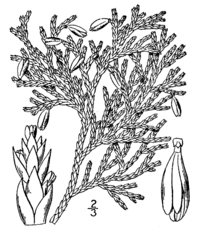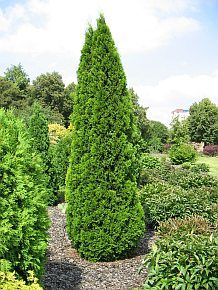Rubus pentalobus ‘Emerald Carpet’
“Creeping Raspberry ”
ROSACEAE
Evergreen shrub
Zone: 6 – 9
Native habitat: Taiwan
Conditions
Soil: Average
Moisture: well drained, can take some drought, tolerant of fluctuations in moisture
Light: full sun to part shade
Exposure: general
Plant size (h x w): 4″- 12” x 3′ – 5’
Other: tough, vigorous
 Aesthetic
Aesthetic
Shape/stem: spreading, reddish stems with coarse bristles on them
Leaf: turn a bronzy colour in cold winters, palmate, green, thick, heavily textured, sandpaper-like foliage
Flower: Small, white, inconspicuous
Bloom: spring
Other: spreads by rhizomes; seldom fruits but is orange and raspberry like
Treatment (how to…)
Plant: general; will cover an area quickly
Maintain: low maintenance, is easy to remove, can be cut hard back.
Propagate: cutting, division, layering (will root at nodes if pegged down) 
Uses
Landscape: ground cover, over rock or walls, Useful as a ground cover, slope stabilization/ erosion control
Companion planting: nice with natives
Medicinal: unknown
Other:
Vulnerabilities
Pests and disease: none significant;
Deer resistant: yes
Other animals:
Interest
Local info,: not native
Pot size (to purchase): 1 gallon
Nature: durable spreading ground cover
Identification (key features): palmate, green, thick, heavily textured, sandpaper-like foliage that spreads rapidly
Interesting facts:
Comments: doesn’t go to seed; cover a big area quite quickly; will suppress leaves





























 Aesthetic
Aesthetic








